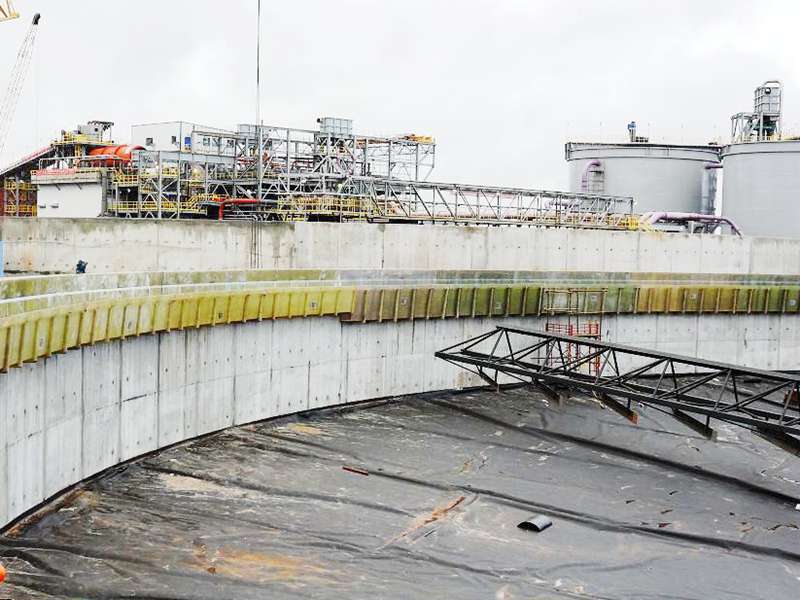
-
 Afrikaans
Afrikaans -
 Albanian
Albanian -
 Amharic
Amharic -
 Arabic
Arabic -
 Armenian
Armenian -
 Azerbaijani
Azerbaijani -
 Basque
Basque -
 Belarusian
Belarusian -
 Bengali
Bengali -
 Bosnian
Bosnian -
 Bulgarian
Bulgarian -
 Catalan
Catalan -
 Cebuano
Cebuano -
 China
China -
 China (Taiwan)
China (Taiwan) -
 Corsican
Corsican -
 Croatian
Croatian -
 Czech
Czech -
 Danish
Danish -
 Dutch
Dutch -
 English
English -
 Esperanto
Esperanto -
 Estonian
Estonian -
 Finnish
Finnish -
 French
French -
 Frisian
Frisian -
 Galician
Galician -
 Georgian
Georgian -
 German
German -
 Greek
Greek -
 Gujarati
Gujarati -
 Haitian Creole
Haitian Creole -
 hausa
hausa -
 hawaiian
hawaiian -
 Hebrew
Hebrew -
 Hindi
Hindi -
 Miao
Miao -
 Hungarian
Hungarian -
 Icelandic
Icelandic -
 igbo
igbo -
 Indonesian
Indonesian -
 irish
irish -
 Italian
Italian -
 Japanese
Japanese -
 Javanese
Javanese -
 Kannada
Kannada -
 kazakh
kazakh -
 Khmer
Khmer -
 Rwandese
Rwandese -
 Korean
Korean -
 Kurdish
Kurdish -
 Kyrgyz
Kyrgyz -
 Lao
Lao -
 Latin
Latin -
 Latvian
Latvian -
 Lithuanian
Lithuanian -
 Luxembourgish
Luxembourgish -
 Macedonian
Macedonian -
 Malgashi
Malgashi -
 Malay
Malay -
 Malayalam
Malayalam -
 Maltese
Maltese -
 Maori
Maori -
 Marathi
Marathi -
 Mongolian
Mongolian -
 Myanmar
Myanmar -
 Nepali
Nepali -
 Norwegian
Norwegian -
 Norwegian
Norwegian -
 Occitan
Occitan -
 Pashto
Pashto -
 Persian
Persian -
 Polish
Polish -
 Portuguese
Portuguese -
 Punjabi
Punjabi -
 Romanian
Romanian -
 Russian
Russian -
 Samoan
Samoan -
 Scottish Gaelic
Scottish Gaelic -
 Serbian
Serbian -
 Sesotho
Sesotho -
 Shona
Shona -
 Sindhi
Sindhi -
 Sinhala
Sinhala -
 Slovak
Slovak -
 Slovenian
Slovenian -
 Somali
Somali -
 Spanish
Spanish -
 Sundanese
Sundanese -
 Swahili
Swahili -
 Swedish
Swedish -
 Tagalog
Tagalog -
 Tajik
Tajik -
 Tamil
Tamil -
 Tatar
Tatar -
 Telugu
Telugu -
 Thai
Thai -
 Turkish
Turkish -
 Turkmen
Turkmen -
 Ukrainian
Ukrainian -
 Urdu
Urdu -
 Uighur
Uighur -
 Uzbek
Uzbek -
 Vietnamese
Vietnamese -
 Welsh
Welsh -
 Bantu
Bantu -
 Yiddish
Yiddish -
 Yoruba
Yoruba -
 Zulu
Zulu
Exploring the Applications and Benefits of FRP Field Tanks in Various Industries
Understanding FRP Field Tanks A Comprehensive Overview
Fiber Reinforced Polymer (FRP) field tanks have emerged as a popular solution in various industries, primarily due to their lightweight nature, durability, and resistance to corrosion. These tanks are engineered to store various liquids, including water, chemicals, and fuels, making them an essential component in sectors such as agriculture, construction, and energy. This article explores the features and advantages of FRP field tanks, their applications, and considerations for effective use.
What is FRP?
FRP is a composite material made of a polymer matrix reinforced with fibers, typically glass, carbon, or aramid. This combination creates a material that is not only strong but also significantly lighter than traditional materials such as steel or concrete. The unique properties of FRP contribute to its vast applicability, particularly in environments where corrosion resistance and weight reduction are critical.
Key Features of FRP Field Tanks
1. Corrosion Resistance One of the most significant advantages of FRP tanks is their immunity to rust and corrosion. This property allows them to store aggressive chemicals and liquids without the risk of degradation, which is a common issue faced by metal tanks.
2. Lightweight Design FRP tanks are considerably lighter than their steel and concrete counterparts. This feature simplifies transportation and installation processes, making it easier to deploy them in various field conditions.
3. Customization FRP field tanks can be manufactured in different shapes and sizes, tailored to an organization’s specific storage needs. This flexibility is particularly beneficial in unique site conditions where space is limited.
4. Longevity With proper maintenance, FRP tanks have a long service life, often exceeding that of traditional materials. Their resistance to weathering and environmental factors means they can withstand the rigors of outdoor storage.
5. Thermal Insulation FRP has excellent thermal insulation properties, which helps maintain the temperature of the stored liquids, essential for processes that require specific conditions.
Applications of FRP Field Tanks
FRP field tanks are versatile and find applications across various industries
frp field tank

- Agriculture Farmers use FRP tanks for storing water, fertilizers, and pesticides, contributing to efficient resource management and ensuring the integrity of the stored substances.
- Chemical Industries These tanks are ideal for the safe storage of corrosive chemicals, ensuring that operators can handle hazardous materials with minimal risk.
- Energy Sector In the oil and gas industry, FRP tanks are increasingly used for fuel storage, providing a lightweight and corrosion-resistant alternative to traditional storage solutions.
- Environmental Applications FRP tanks are also employed in wastewater treatment facilities, where their structural integrity and resistance to contaminants are crucial.
Considerations for Use
While FRP tanks offer numerous benefits, there are certain factors to consider when choosing them for your operations
- Installation Proper installation is critical to ensure the longevity and safe use of FRP tanks. Professional services are recommended to avoid common pitfalls during setup.
- Regulatory Compliance Depending on the contents stored, regulations may dictate specific standards for tank materials and designs. It’s important to verify compliance with local regulations before installation.
- Maintenance Although FRP tanks are generally low maintenance, regular inspections are necessary to identify any potential issues early, ensuring continued performance.
Conclusion
FRP field tanks represent a modern solution for various industries seeking efficient and reliable storage options. With their corrosion resistance, lightweight design, and long-lasting durability, they cater to a broad spectrum of applications, from agriculture to chemical storage. By understanding the benefits and considerations associated with FRP tanks, businesses can make informed decisions that align with their operational needs and environmental goals. As industries continue to evolve, the adoption of materials like FRP will likely increase, transforming storage solutions for the better.









